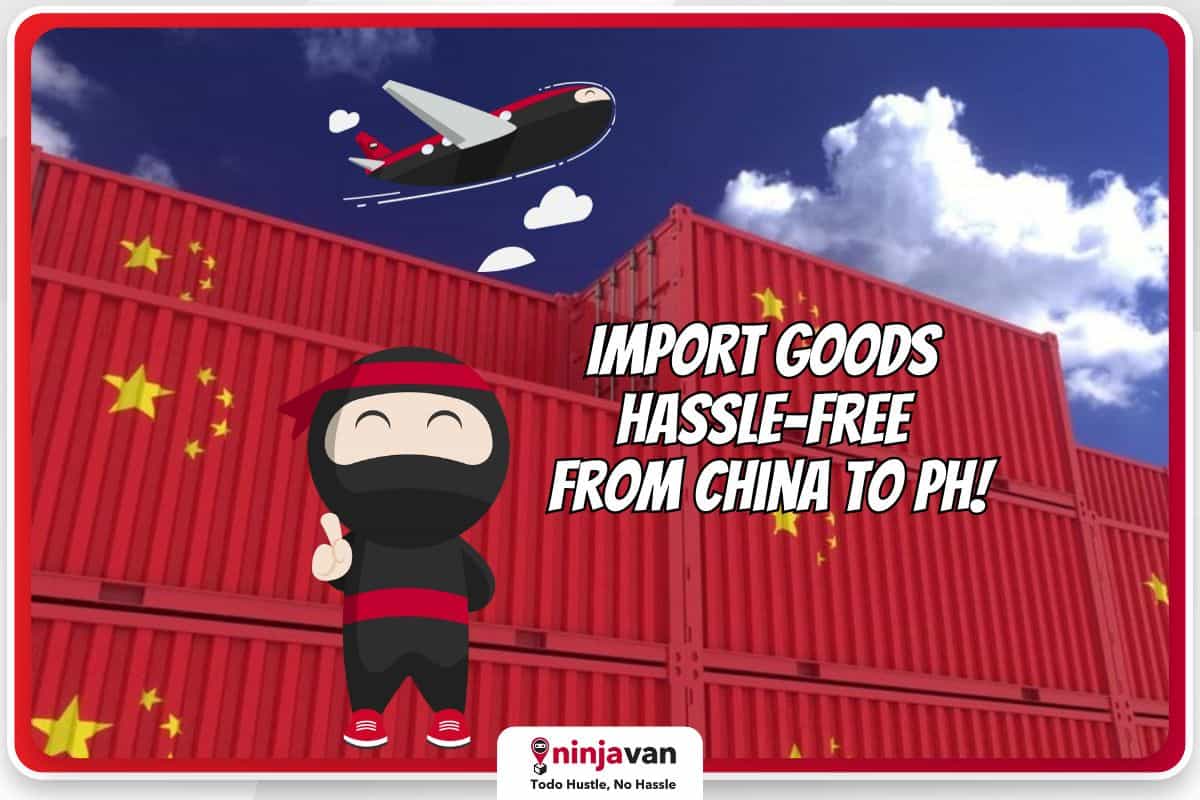Many online sellers rely on getting their products via importing and shipping from China, the world’s manufacturing center.
For this article, we’ll discuss the customs and import regulations when you import from China to the Philippines, and what your business can do to stay competitive in the online world.
Top 3 reasons online sellers import from China to Philippines
But first, let’s dig into why many Filipino businesses today choose to import their goods from China:
1. Cost-effective manufacturing
China’s reputation as the “factory of the world” is rooted in how the country offers cost-effective manufacturing solutions, allowing businesses to buy goods at a lower cost compared to many other export nations.
The competitive pricing not only includes production costs but also related expenses such as labor, materials and infrastructure. Given these benefits – lower costs to produce, scalability and fast production – businesses flock to China for their manufacturing capabilities.
2. Diverse product range
China boasts a diverse and extensive range of products, from electronics and textiles, to machinery and consumer goods.
The wide variety of selling options allows businesses in the Philippines to find products that align with their market niche, providing a greater opportunity to cater to the demands of local consumers.
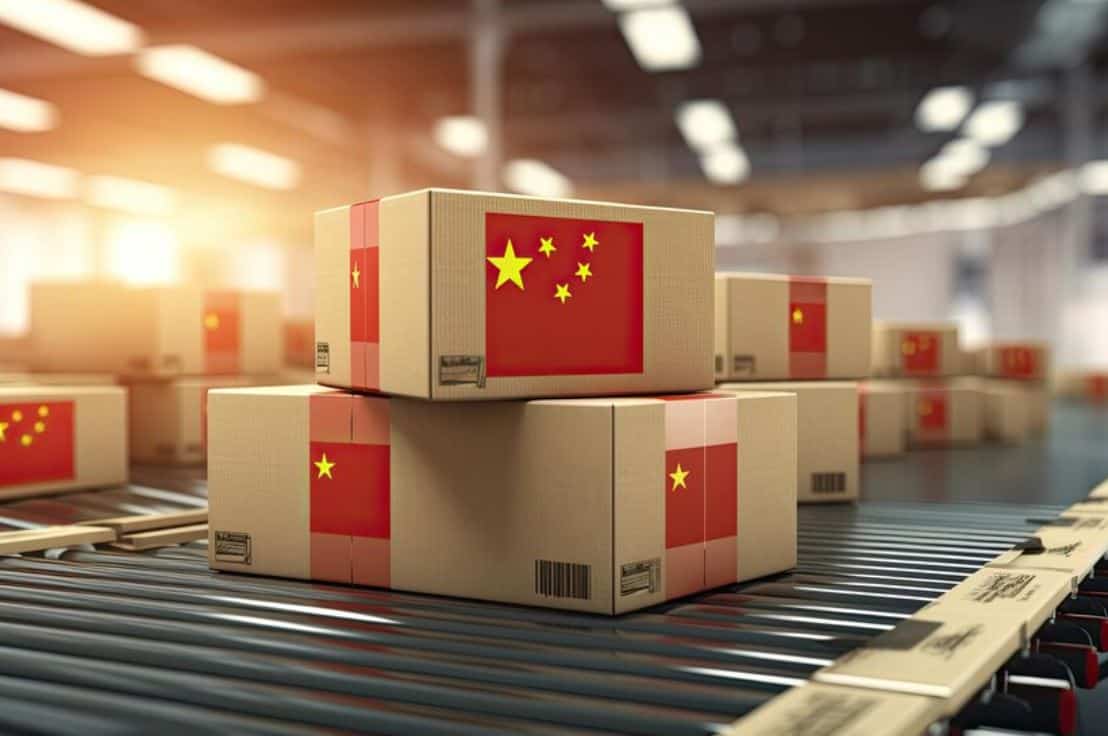
chances are you can get them at lower prices from China suppliers.
If you’re curious what most businesses source from China, here’s a list of the 10 most popular imports from China to the Philippines:
- Electrical or electronic equipment
- Machinery, nuclear reactors, boilers
- Mineral fuels, oils, distillation products
- Iron and steel
- Articles of iron or steel
- Vehicles other than railway, tramway
- Plastics
- Ceramic products
- Optical, photo, technical, medical apparatus
- Furniture, lighting signs, prefabricated buildings
3. Efficient supply chain
Today, consumers are spoiled for choice. Your customers believe that, “When I want something, I want it right now, and I can get it right now.”
Given how there are many challenges that come with international shipping, China has developed a highly efficient supply chain ecosystem, making it easier for businesses to source, manufacture, and transport products quickly. This is crucial for meeting customer demands, especially in e-commerce, where fast delivery and availability are essential.
#NinjaTip: You can outsource your product sourcing and procurement to save you time and money. Ninja Direct is a Ninja Van service that provides safe, reliable and hassle-free end-to-end sourcing and procurement services from China to the Philippines.
What you need to know when importing products from China
Now that you know why many local businesses choose to get their supplies from China, what can you do to leverage it for your online enterprise?
Here are the things you need to take note of regarding the general import process in the Philippines:
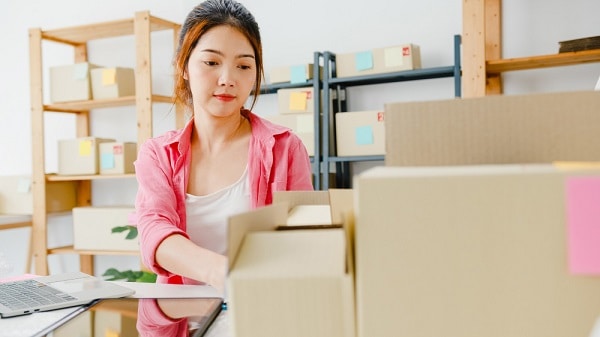
Review import restrictions in the Philippines
Much like any country, the Philippines imposes specific restrictions on imported goods. These limitations include items that are strictly prohibited from entry, unless prior authorization is secured from the relevant authorities.
For business owners who import goods from China to sell online, exercise due diligence in checking what products are legally allowed for importation to the Philippines.
Optimize sea and air routes
Part of leveraging shipping operations for better ROI and overall operational efficiency is optimizing the route of your goods, whether you import products from China via sea or air freight. Key sea routes and ports play a pivotal role in achieving this objective.
Here’s a list of the primary seaports in China:
- Hong Kong
- Shanghai
- Shenzhen
- Xiamen
- Ningbo-Zhoushan
- Zhuhai
- Qingdao
- Guangzhou
- Tianjin
China is home to 34 major seaports and 2000 minor ones, which can only emphasize why the country is a preferred trade partner to many. Look into the different advantages of each port and weigh your options accordingly, given your supplier’s location in China.
On the other hand, here are the Philippines’ major seaports, out of 1250 ports in total:
- Manila
- Cebu
- Batangas
- Cagayan de Oro
- Iloilo
- Subic
Choosing to import from China to the Philippines via air cargo can help your supplies meet faster delivery timelines, but it can also cost more. But it’s the cost-effective option for imports of no more than 2 cubic meters in volume, and 200 kilograms in weight.
For businesses looking to leverage air cargo shipping, there are 307 airports certified in China. Here are the best ones for shipping your items to the Philippines:
- Shanghai
- Beijing
- Chengdu
- Qingdao
- Guangzhou
- Shenzhen
- Xiamen
- Hong Kong
Meanwhile, here are the Philippines’ primary airports for import goods, out of 88 in total:
- Ninoy Aquino International Airport (NAIA) in Manila
- Mactan-Cebu
- Davao (Francisco Bangoy)
- Clark
- Laoag
- Kalibo
- Iloilo
Optimizing your shipping operations involves carefully selecting the most strategic mode of transportation and cost-effective routes that align with your cargo’s urgency, volume and budget.
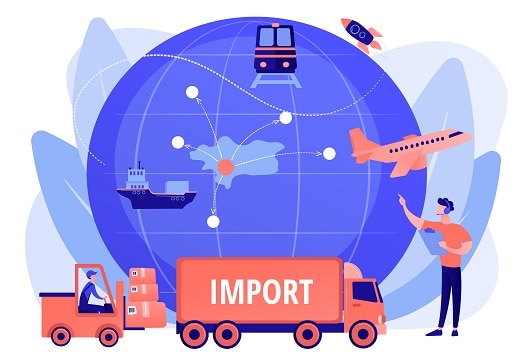
to help save on time and costs.
Forecast shipping and delivery timelines
So, how many days is shipping from China to the Philippines?
Typically, importing products from China to the Philippines via sea freight takes anywhere between a week to two (or even a month!), depending on the point of origin and destination. Air cargo shipping, on the other hand, can offer a timeline of two to three days.
In case you’re looking for a way to track your shipment, the Bureau Of Customs (BoC) has an online tracking tool for parcels and balikbayan boxes in the Philippines. All you need is the tracking number to get started.
Estimate shipping rates and taxes
The costs of shipping products from overseas can vary, depending on different factors that impact the services of freight forwarders from China to the Philippines.
Here are the three most important factors to consider:
- Size and weight
- Origin and destination
- Shipping speed and mode of transport
There are additional costs to shipping from overseas as well. Importation taxes and tariffs, for instance, may apply to certain items, good, or commodities shipped as import products to the Philippines, as all import products are subject to duty and tax.
What is de minimis threshold?
Fortunately, a de minimis threshold for imported goods exists and is set at PHP 10,000. If the declared value of your product falls below this threshold, you are exempt from paying any additional duty or tax. However, for products exceeding this value, a 12% value-added tax (VAT) applies.
However, the de minimis threshold only applies to international shipments via air freight, and that the VAT is calculated based on the cumulative value of all your shipments on a given day, even if you send goods in multiple packages.
Import products that enter the Philippines via sea freight are, unfortunately, not exempt from import duties and taxes.
Here’s a list of the possible fees and taxes that you need to prepare for to get your shipment cleared:
- Duty and sales tax
- Ad valorem tax (for goods like alcohol, tobacco, automobiles and jewelry)
- Valued-added Tax
- Warehousing processing charges (which covers storage and warehouse handling fees)
- Excise tax (for specific products)
- Bulk and break cargo fee (for certain commodities)
Comply with Philippines customs import regulations
The country’s local agency that regulates importation is the Bureau of Customs (BOC).
If you’re an online business owner in the Philippines and your products are imported from China, read on to learn the crucial things you need to know to avoid any problems with the BoC.
#NinjaTip: Streamline your e-commerce operations and cut your costs by outsourcing your warehousing and fulfillment. Ninja Fulfillment gives you simplified and cost-effective inventory management, storage and last mile delivery to your customers. Talk to our experts and optimize your online business today.
The importation process, from start to finish
The importation process starts, or is legally recognized as “commenced,” when the ship or plane carrying your goods from China enters Philippine territory with the plan to unload here.
Importation is recognized as “completed” when:
- All the duties, taxes and other charges on the goods have been paid or arranged to be paid at the entry port, and are to be unloaded; or
- If the goods don’t have any duties, taxes or charges, they’re legally outside the BoC’s office
Two ways to import goods to the Philippines
As outlined in the CMTA, there are two primary categories of importation:
- Free Importation and Exportation, which includes goods that can be freely imported or exported without significant restrictions; and
- Regulated Importation and Exportation, wherein certain goods are subject to regulations. Importing or exporting such goods requires obtaining the appropriate goods declaration or export declaration, along with any necessary clearances, licenses and compliance with additional prerequisites before the actual importation or export can take place.
All imported goods must have a goods declaration lodged, regardless of whether they fall under Formal or Informal Entry.
You should submit a goods declaration within 15 days from the date when the last package is unloaded from the vessel or aircraft. If needed, you can request an extension of an additional 15 days, but this request must be made before the original 15-day period expires.
If you fail to submit the goods declaration within the specified period, the goods are then considered “abandoned.”
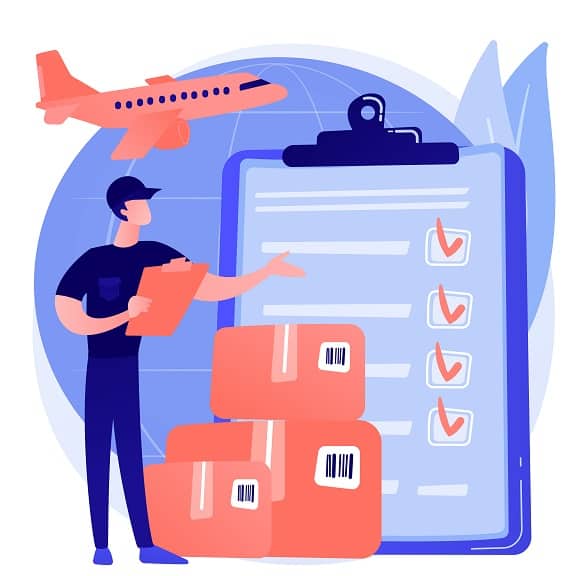
to avoid problems with customs clearance of your goods.
Required documents for customs clearance
Lastly, to ensure that your business complies with customs and import regulations, you’ll have to prepare the necessary documentation:
- Commercial invoice, Letter of Credit, or any other legitimate commercial document that shows proof of payment. In cases where there isn’t a sale for export, any commercial document that specifies the commercial value of the goods will suffice
- Bill of Lading for sea freight or an airway bill for air freight
- Packing list
- Duly notarized supplemental declaration on valuation (SDV)
- Any special certificates required as per regulations
- Additional documents that may be required include:
- Import permit or clearance
- Authority to release imported goods (ATRIG)
- Certificate of origin for free trade agreements (FTAs)
- Copy of an advance ruling if a ruling was used in the goods declaration
- Load port survey reports or discharge port survey reports for bulk or break-bulk importations
- Documents proving exemption from duties and taxes
- Others, such as tax credit certificates (TCC) or tax debit memos (TBM)
So, what’s next once you’re done with all the requirements? And how long does customs clearance take in the Philippines?
Once the Customs Office accepts the tariff classification and cargo valuation, the entire clearance can be done in three to four working days.
However, the length of time that a package stays at customs can vary depending on several factors, such as the type of package, the contents of the package, and the volume of packages being processed at the time.
Ninja Van: Your reliable shipping partner for cross border logistics
No business wants to continue operating on monthly losses, especially when you can get your supplies faster and at lower rates than before. Pero madaling sabihin, mahirap gawin.
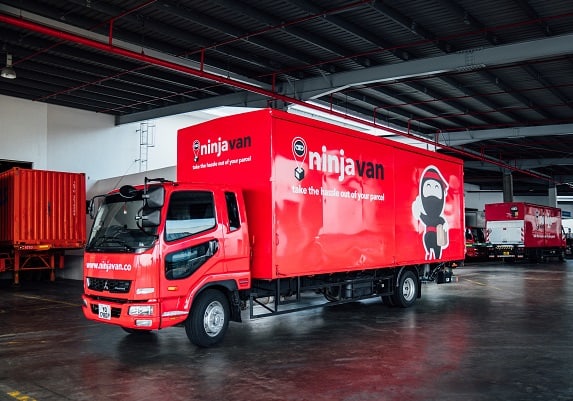
Among other key elements in importation that drive business success, you’ll need a cross border logistics solutions provider for your online business.
Ninja Van is here to help streamline your shipping needs from China to the Philippines through:
- End-to-end overseas logistics
- Cost-effective freight forwarding service
- Sourcing and procurement and services
- Warehousing and fulfillment solutions
Optimize your importation process and grow your online business in the Philippines today. Ninja Van is here to get your items delivered from point A to point Z, and be your partner in growing your business!
Ninja Van物流解决方案为所有的企业:
- 最后一哩之递送
- 采购服务
- 履约仓储服务
- 国际递送
- 货运代理服务
或者与我们讲中文的客户经理讨论您的运输需求。立即联系我们!
Follow Ninja Van on WeChat:


